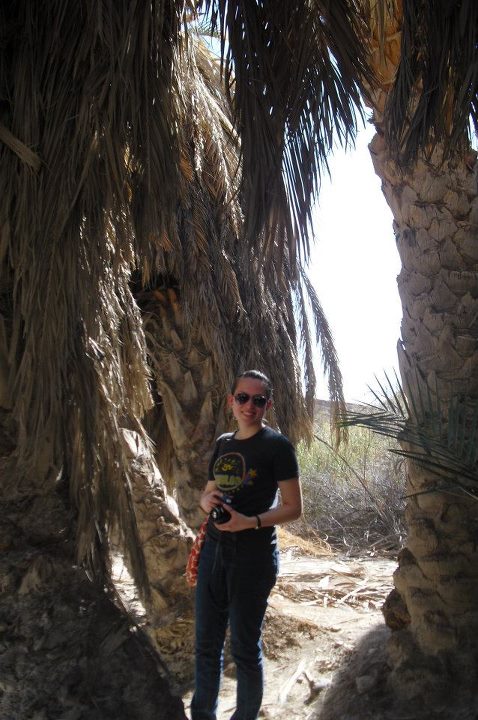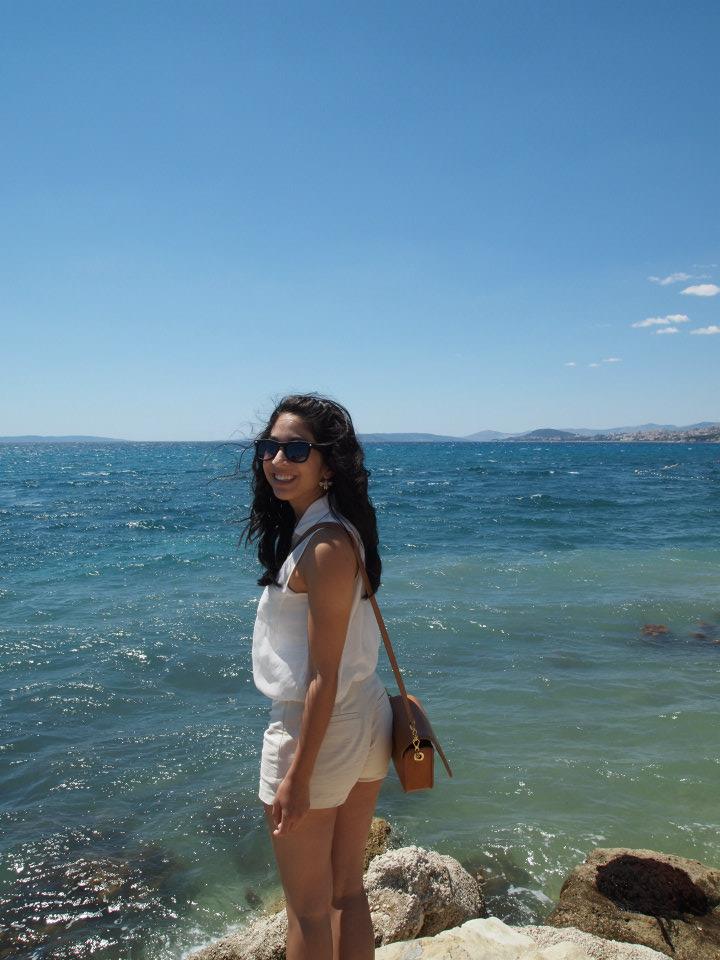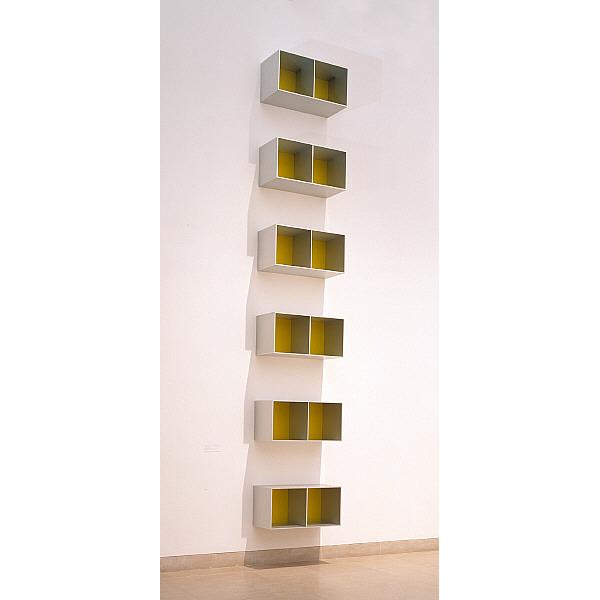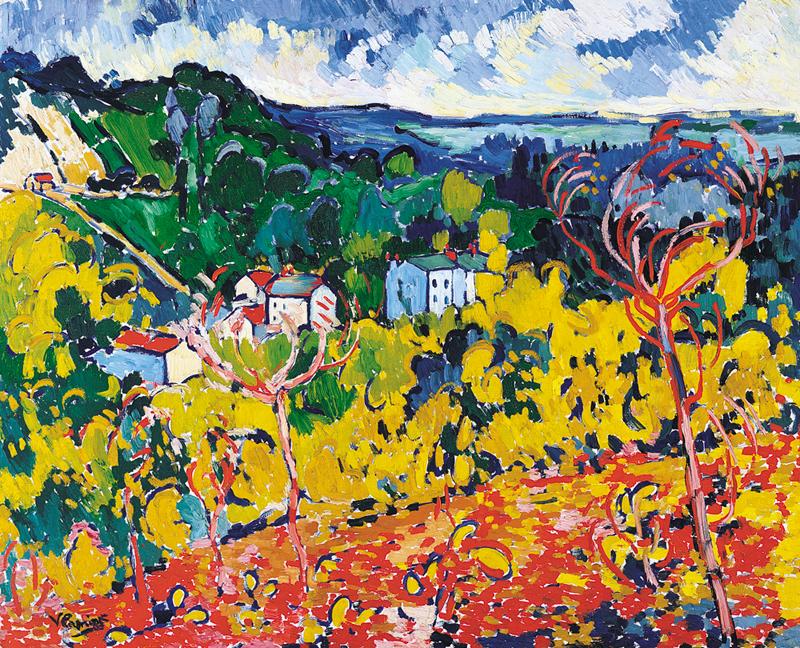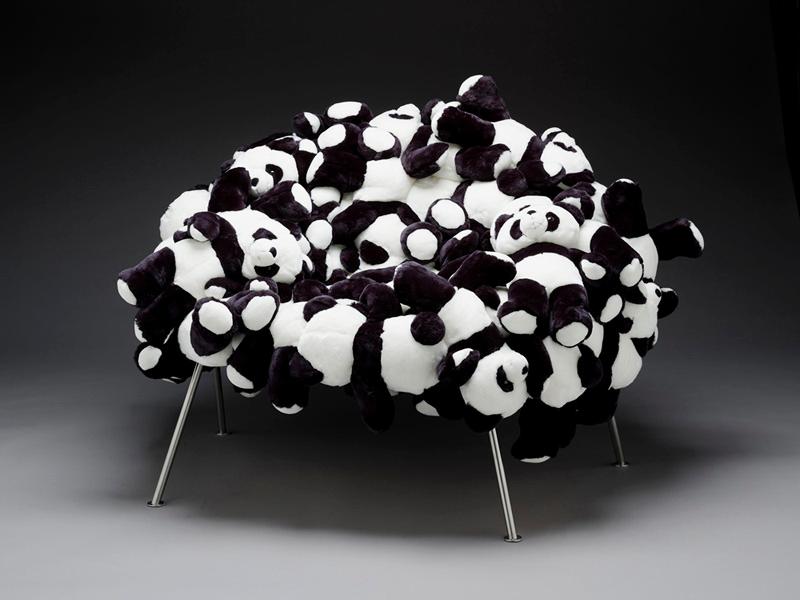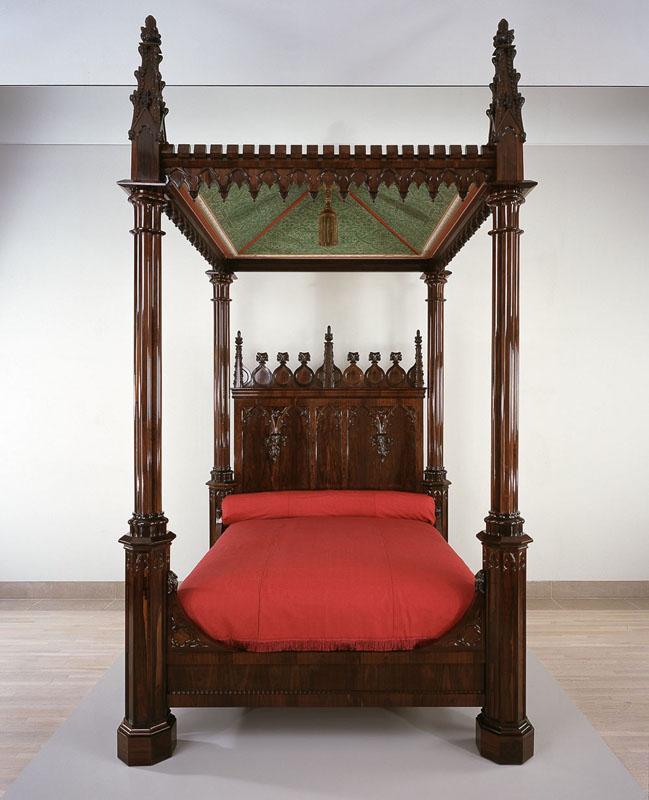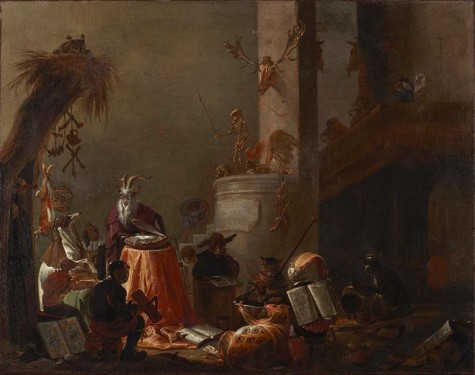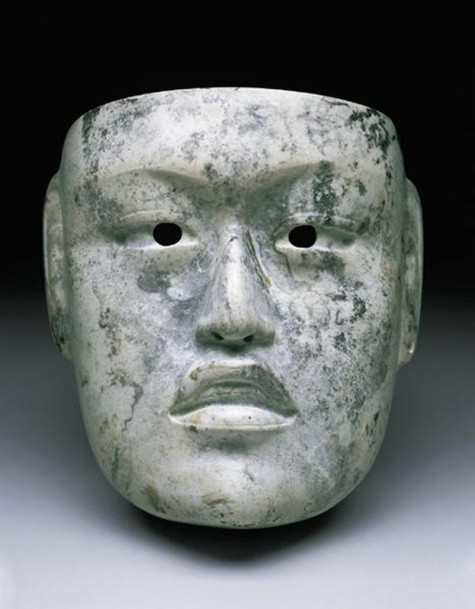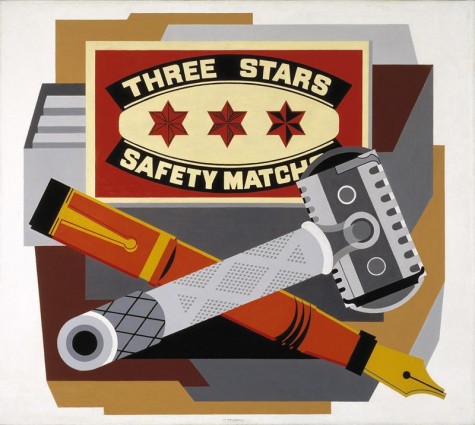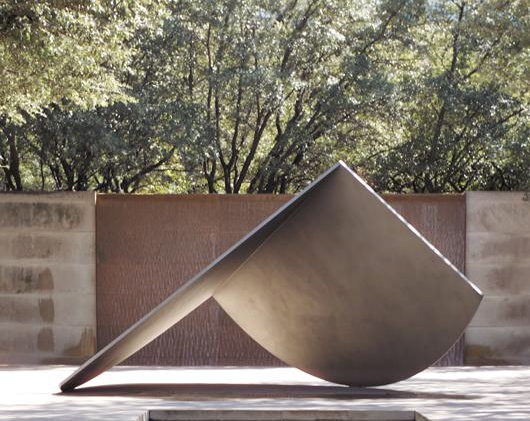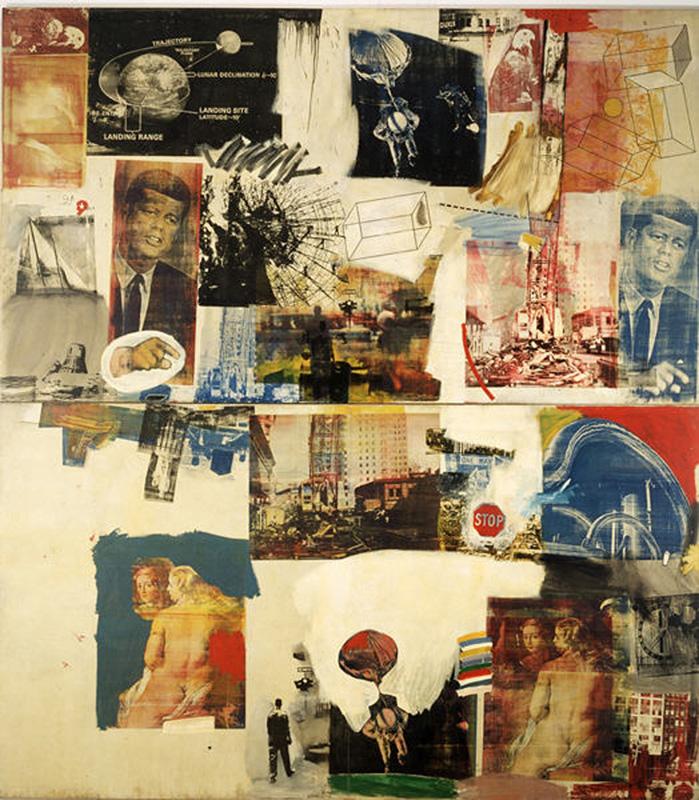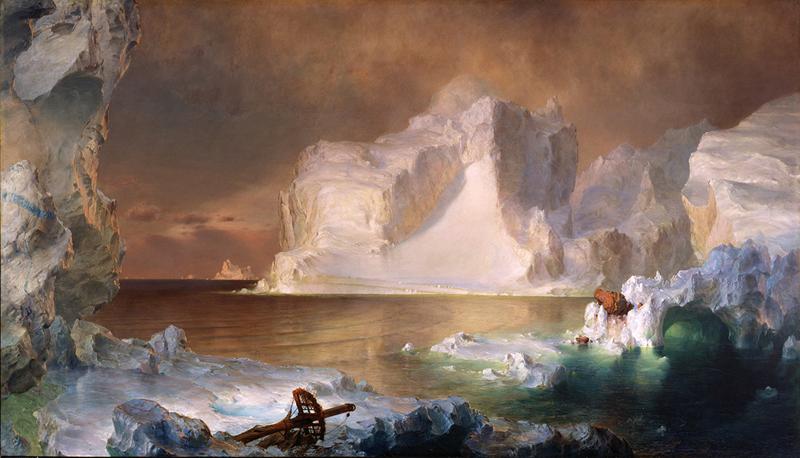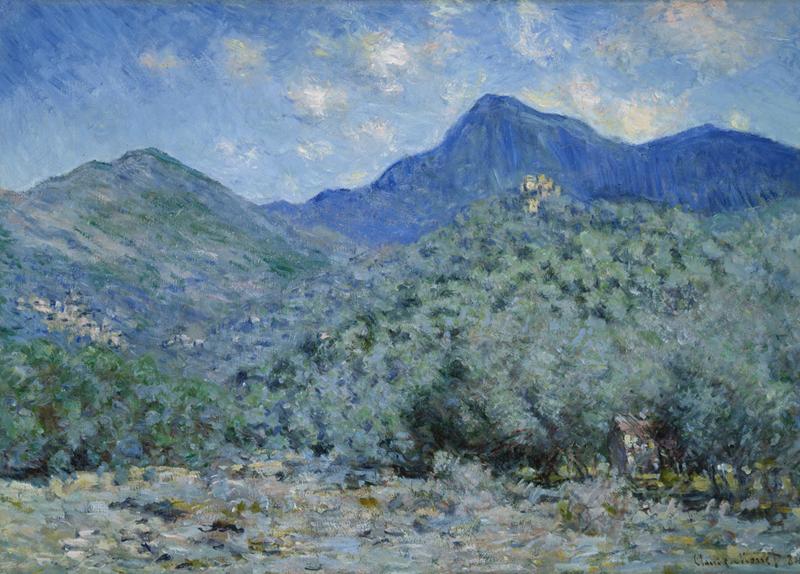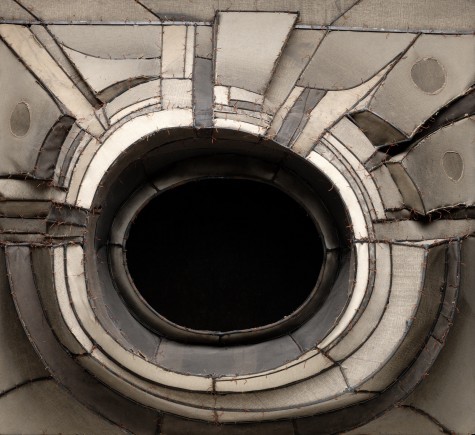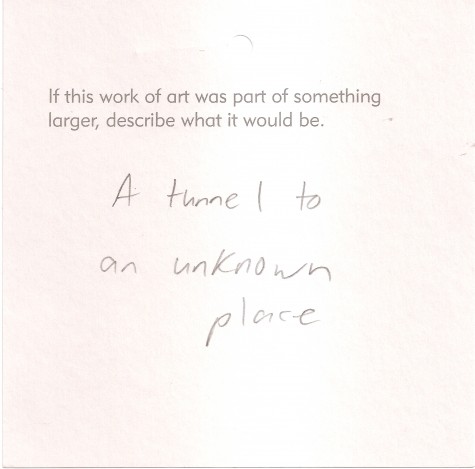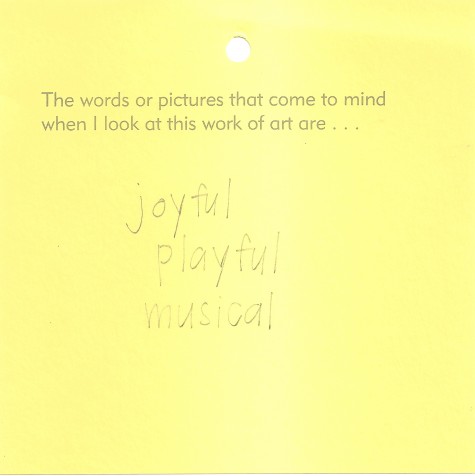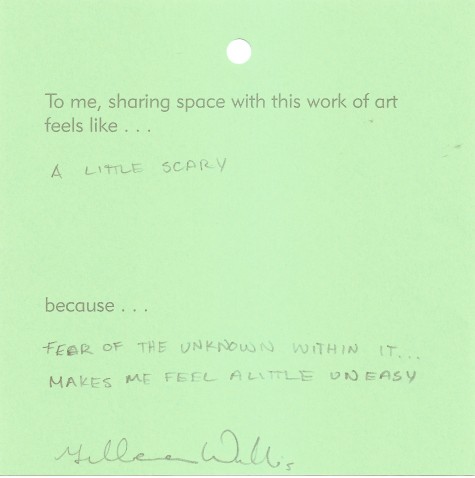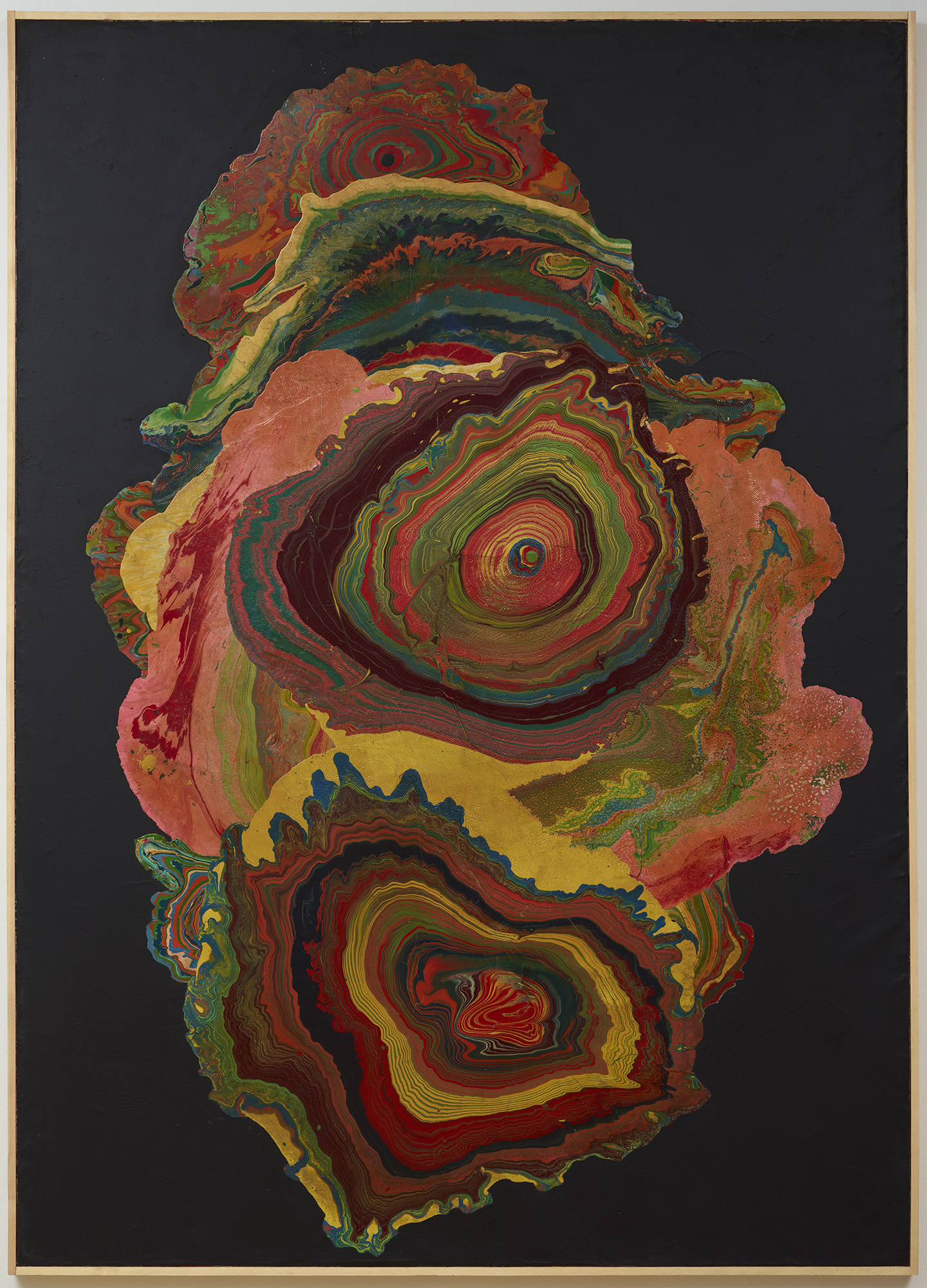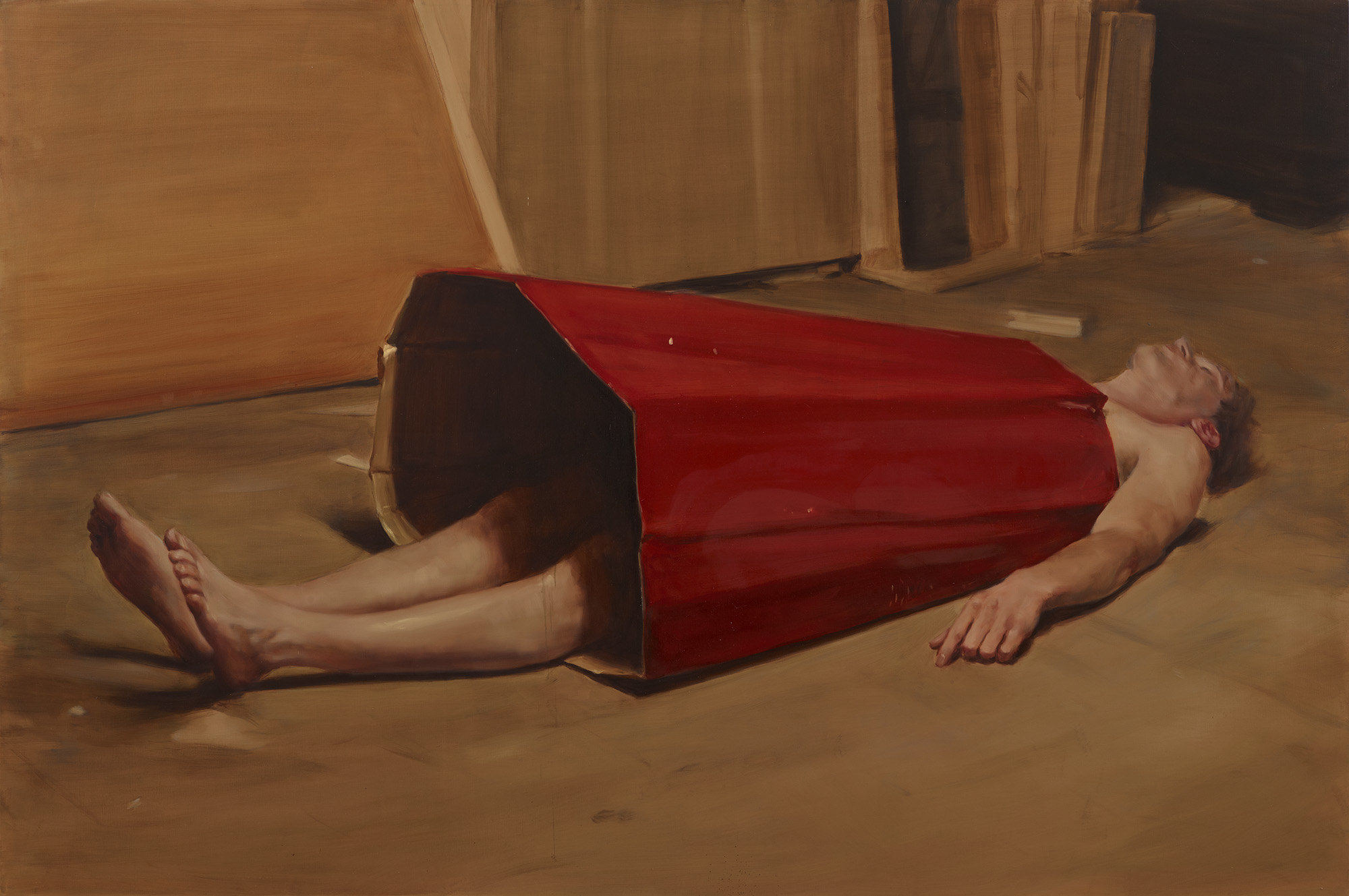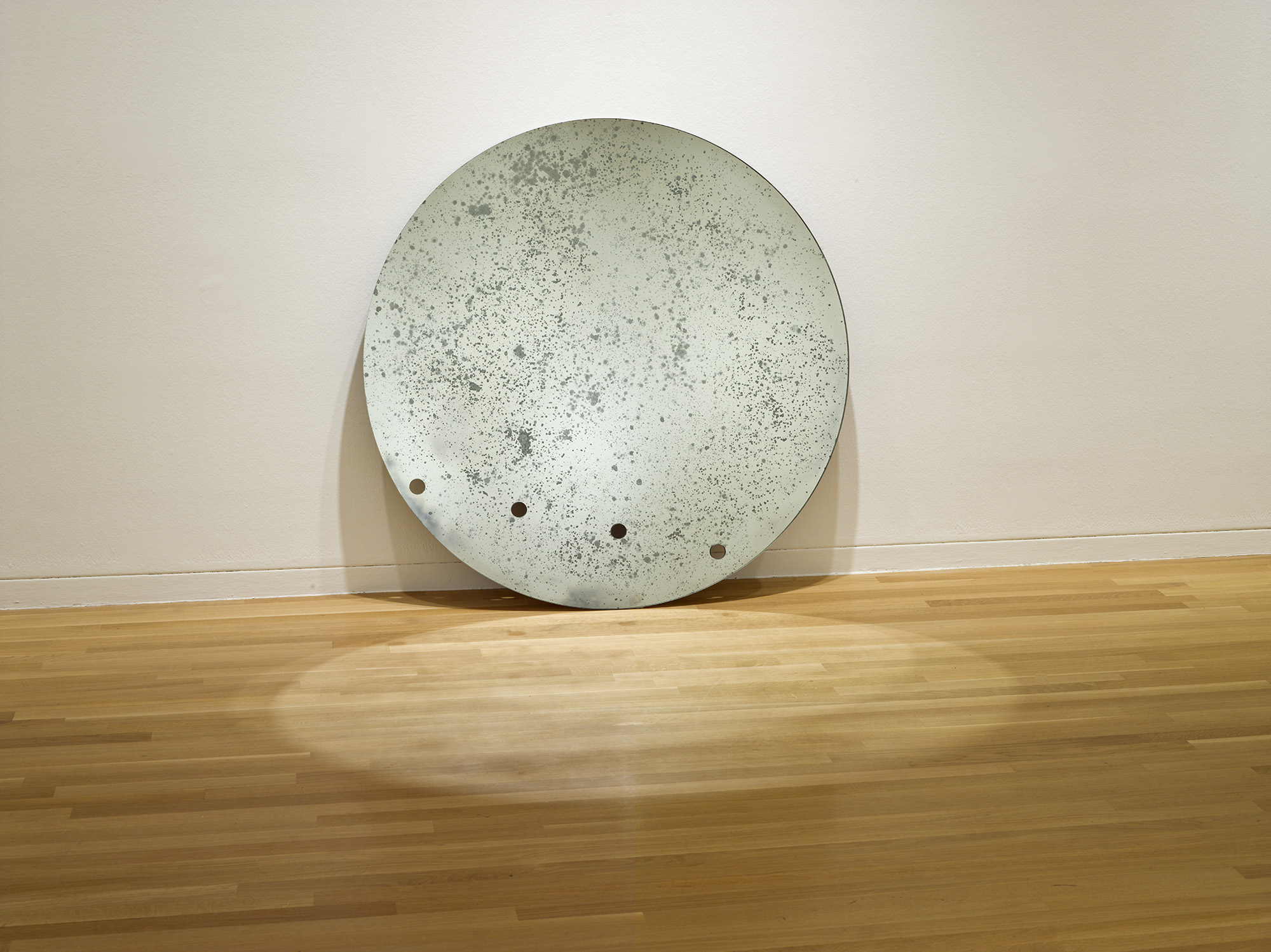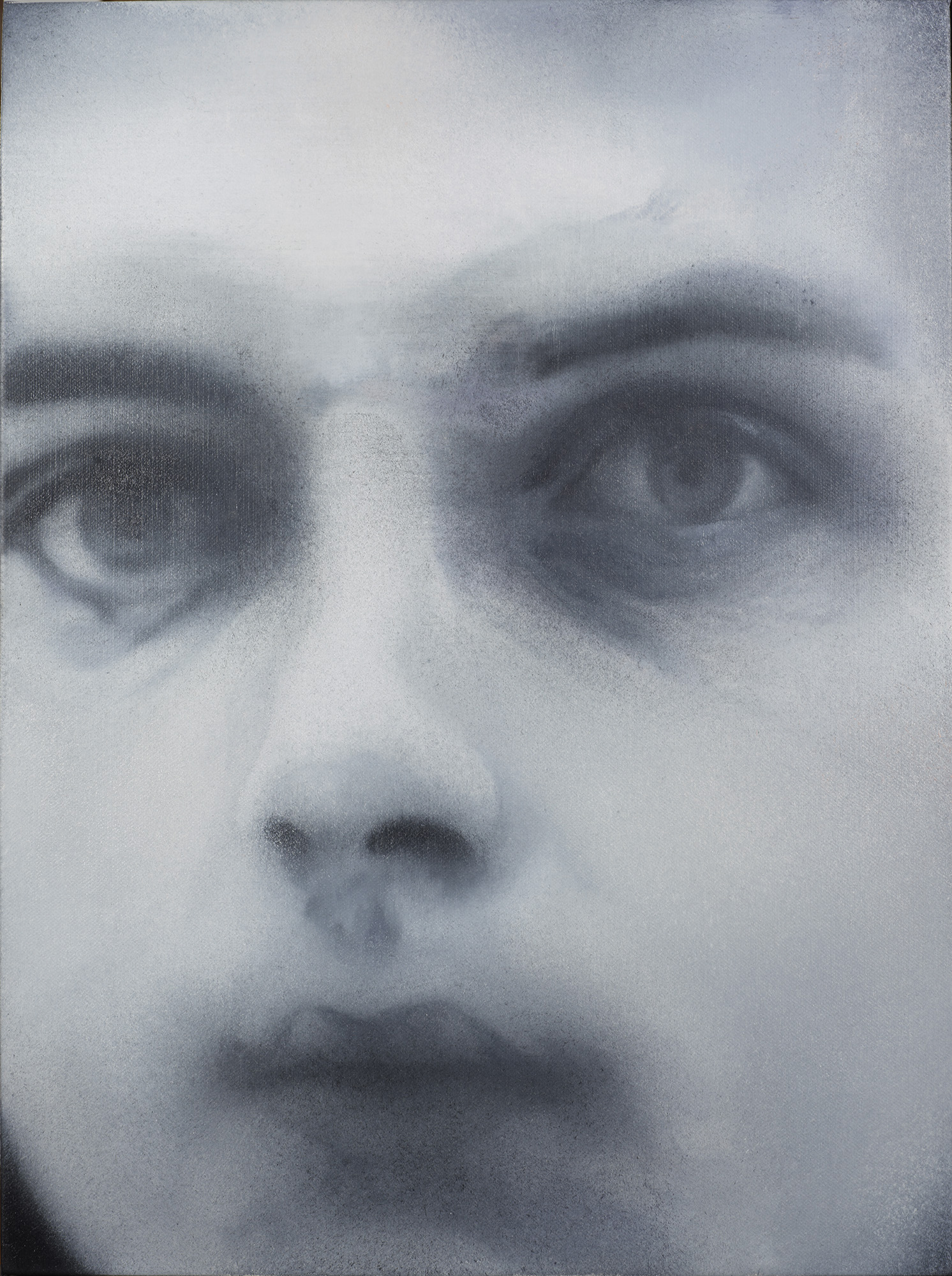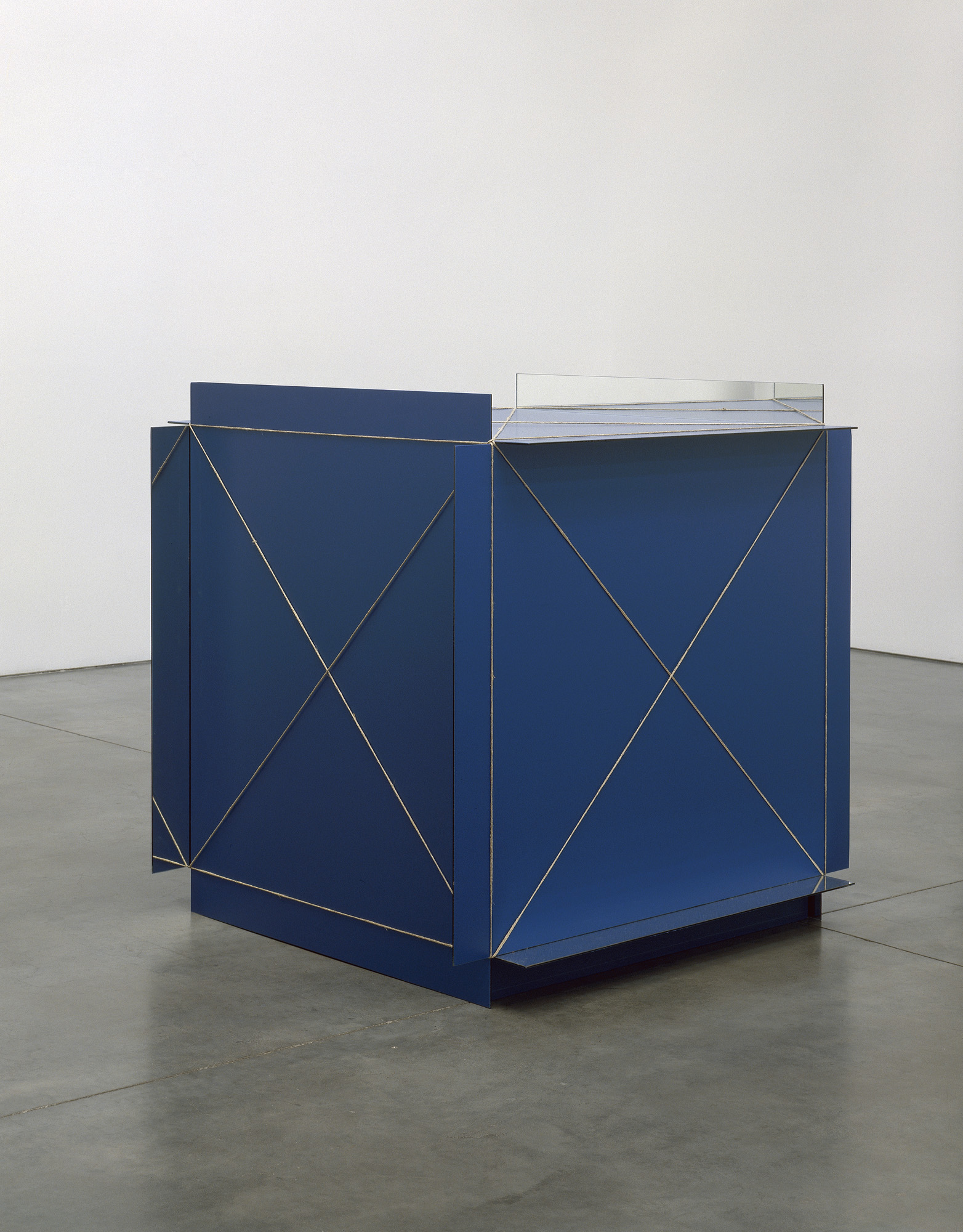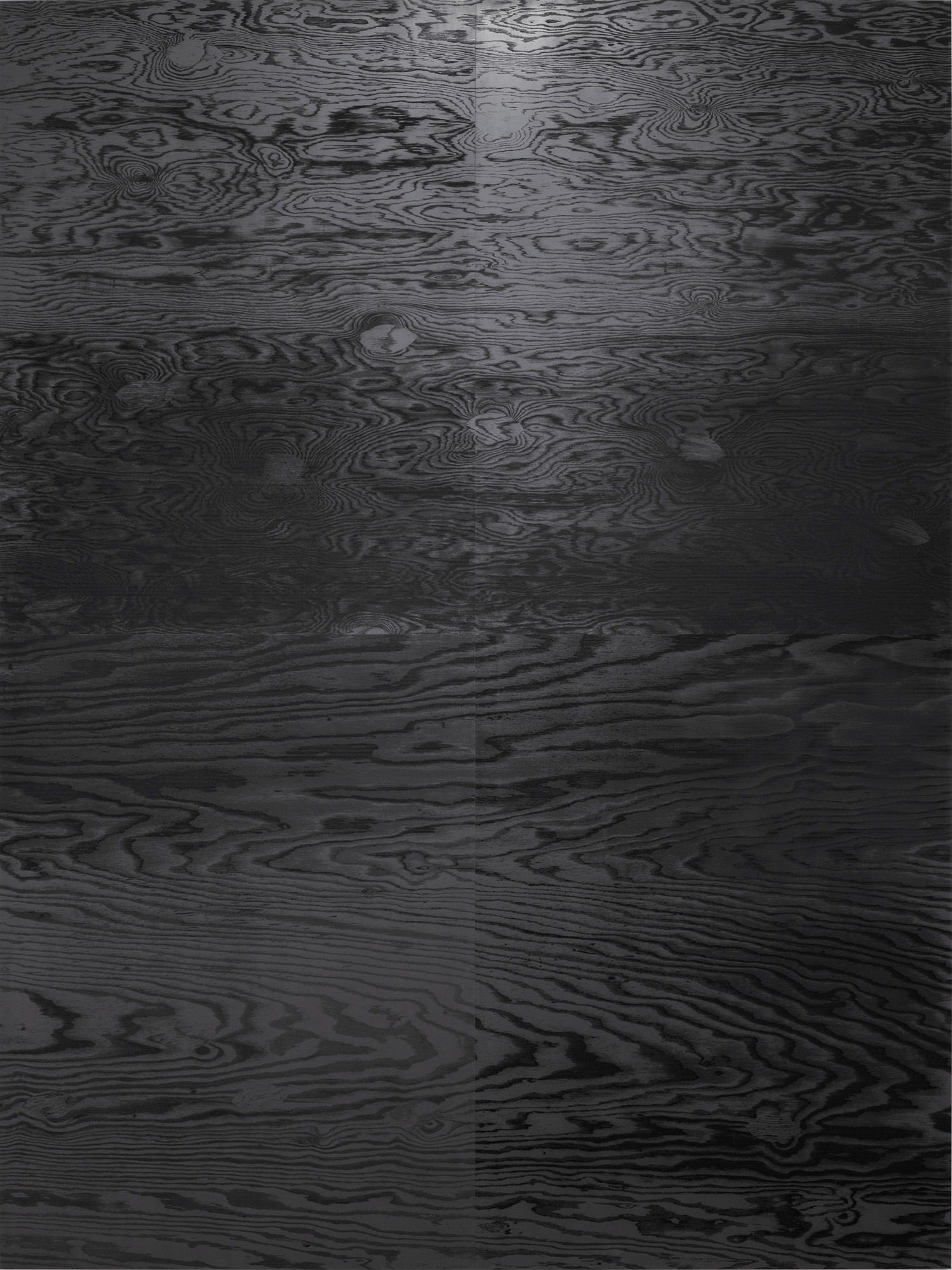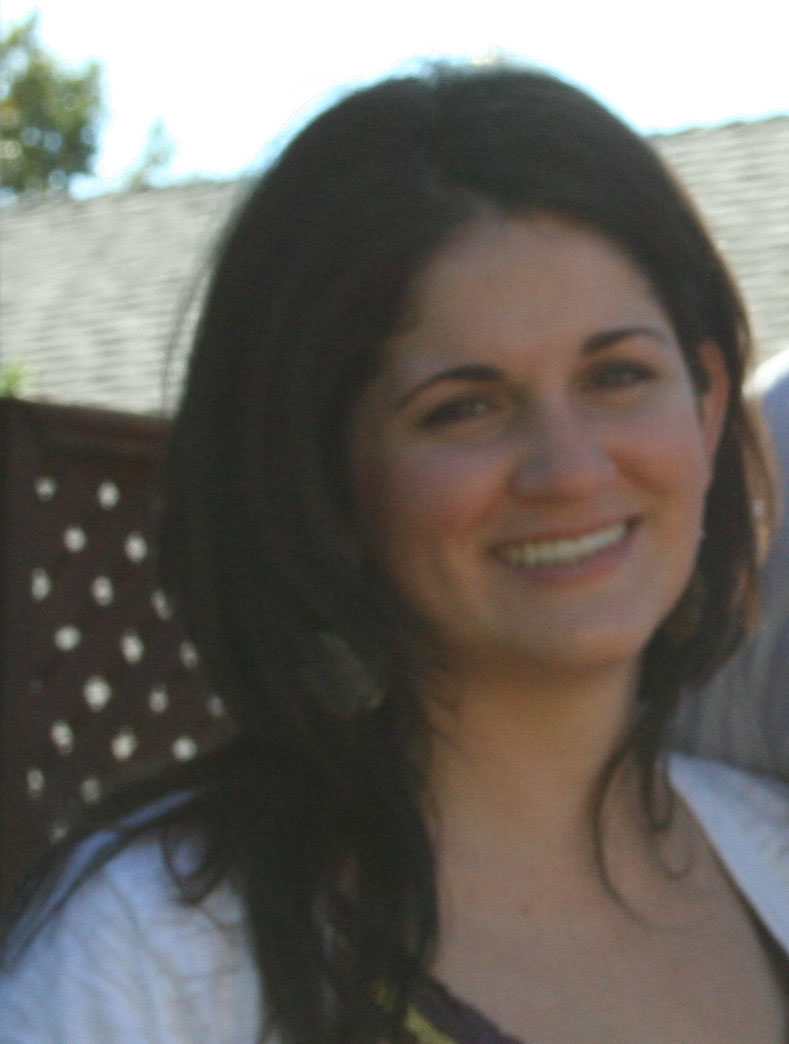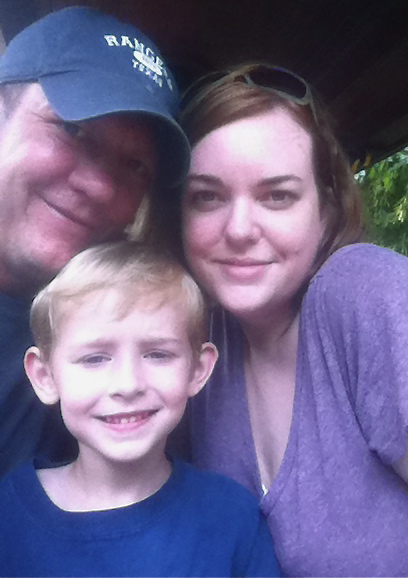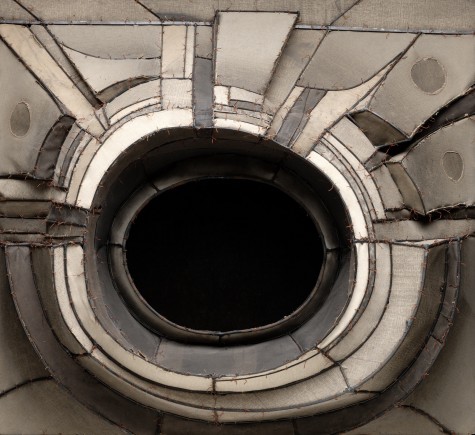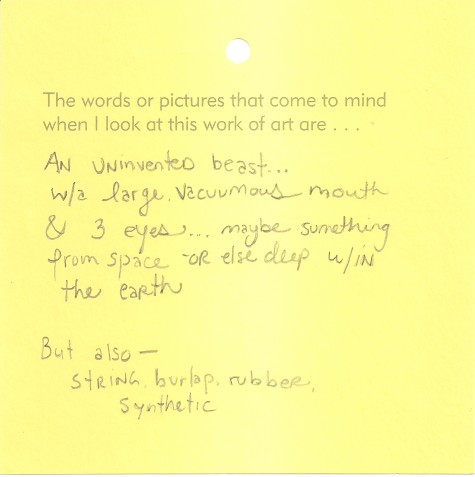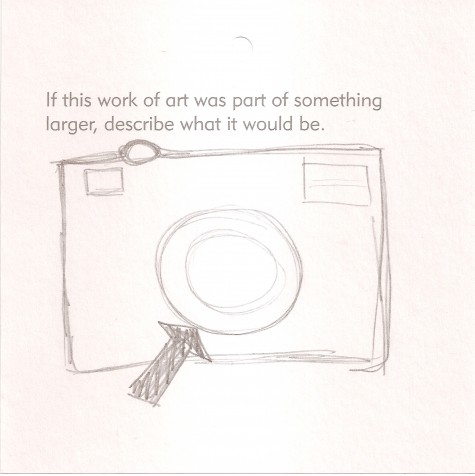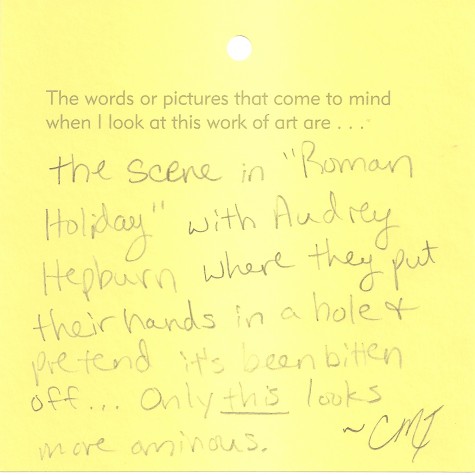Our Museum offices are abuzz with a group of new McDermott Interns, who began working with our Curatorial and Education Divisions last week. Two new faces who will be blogging with us over the next nine months are Alex Vargo, McDermott Education Intern for Gallery Teaching, and Pilar Wong, McDermott Education Intern for Community Teaching. In addition to the blog, they will also contribute their talent to our docent and tour programs, teacher programs, and Go van Go outreach.
Welcome to the DMA ladies! Why don’t you share with us a bit of your background.
Alex: I graduated in 2011 from Oberlin College in Ohio, where I studied Art History. I’m originally from a suburb of Philadelphia, where, in high school, I rowed out of boathouse row by the art museum and, yes, ran the famous Rocky steps. After college, I returned to Philly, where I worked in the Family Programs Departments of the Philadelphia Museum of Art and the Barnes Foundation. Before this internship, I had never been to Dallas, but I’m not totally new to Texas. I had been living in Marfa since February working at the Chinati Foundation. This is my first time living in a Texas city and I’m excited to explore more of the state!
Pilar: I was raised throughout the beautiful southwest in New Mexico, Arizona, and Colorado—Texas is the farthest east I’ve ever lived! I received my BA from Stanford University in Comparative Studies of Race and Ethnicity with a minor in Education. During my time at Stanford, I worked at the Cantor Arts Center which hosts the 2nd largest collection of Rodin sculptures in the world! After moving to Dallas, I volunteered at the Dallas Holocaust Museum and worked at the Dallas Heritage Village.
Now that you’ve been introduced to our collection, which artwork would be your BFF and why?
Alex: Donald Judd’s Untitled (1988). Coming from Marfa, where Judd lived and worked when he wasn’t in New York, I feel like we are old friends.
Pilar: I absolutely love Maurice de Vlaminck’s Bougival. The vivid colors make me smile every time I see it, but the depth of the painting ensures that I would never get tired of seeing it day after day and imagining myself in the landscape.
If you could spend the night in one of our galleries, which one would you choose?
Alex: If I could spend the night in a gallery and I could touch the works of art, I would love to be on level 4 in the Form/Unformed: Design from 1960 to the Present show. The Fernando and Humberto Campana Banquete Chair with Pandas calls to me!
Pilar: I would definitely want to spend the night on level 4 with American Decorative Arts so I could test out the fantastic four-poster bed from the 1840’s!
What’s the strangest thing you’ve ever eaten?
Alex: Tripe. I love pho!
Pilar: I attended the State Fair of Texas last year and tried several deep fried treats including bubblegum, lemonade, beer, cheese curds, and pickles. I’m looking forward to this year’s offerings!
You might see these lovely ladies around the next time you visit the Museum or one of our programs, so be sure to give them a warm Texas welcome!
Artworks shown:
- Donald Judd, Untitled, 1988, Dallas Museum of Art, Museum League Purchase Fund, General Acquisitions Fund, H. Harold Wineburgh Fund and gift of an anonymous donor
- Maurice de Vlaminck, Bougival, c. 1905, Dallas Museum of Art, The Wendy and Emery Reves Collection
- Fernando Campana and Humberto Campana, Banquete chair with pandas, designed 2006, Dallas Museum of Art, DMA/amfAR Benefit
- Crawford Riddell, Bed, c. 1844, Dallas Museum of Art, gift of three anonymous donors, Friends of the Decorative Arts Fund, General Acquisitions Fund, Discretionary Decorative Arts Fund, and the Boshell Family Foundation
Sarah Coffey
Assistant to the Chair of Learning Initiatives
